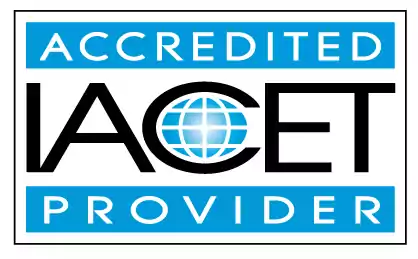Explain the historical context of emergent curriculum from its origins in the Reggio Emilia approach.
Learn about the historical context of emergent curriculum in early childhood education and child care centers with origins in the Reggio Emilia approach. Gain a comprehensive understanding of emergent curriculum and its significance in providing a child-centered learning environment.Trainings incorporating this outcome
CDA Subject Areas
Proficiency Level
45 hours courses
24 hours courses
3 hours courses
Related Outcomes
- Define SMART goals and describe its historical context.
- Define the Cycle of Inquiry and how it can be used to plan emergent curriculum.
- Demonstrate an understanding of emergent curriculum.
- Identify information on State approved curriculums and the Maryland Preschool Curriculum
- Demonstrate an understanding of the historical context of the Montessori method
- Define what is an emergency and the legal requirements for emergency preparedness for child care professionals.
- Identify materials and equipment for center childcare programs that meet the needs of specific age groups in both shared or permanent space and align with the programs curriculum
- Explain the importance of math instruction with young children.
- Students will be able to explain conversational intent, and inviting consent
- Explain inclusionary practices in the preschool setting.
- Demonstrate understanding of children's general knowledge that supports emerging math skills
- Explain the use of safe sleep practices.
- Explain successful communication skills in early childhood education.
- Explain appropriate outdoor safety concerns.
- Explain appropriate practices for the identification, prevention, and treatment of communicable diseases in childcare
- Explain ways to incorporate inclusion and equity in the classroom
- Explain the importance of providing a variety of developmentally appropriate activities, including play, to support the science skills of all children.
- Identify the types of barriers children's with disabilities/special needs face and ways to adapt curriculum to fit those needs.
- Explain the signs and ways to prevent shaken baby syndrome.
- Demonstrate an understanding of approaches to learning
Related Articles
- The Cycle of Inquiry and Emergent Curriculum
- Montessori vs. Reggio Emilia: A Comparison
- NEW Emergent Reading Course at ChildCareEd!
- Essential Resource for Child Care Providers: Free Emergency Preparedness Plan
- Montessori activities to integrate into toddler curriculum this New Year
- Montessori Education: A Holistic Approach to Learning
- Tiny Tots, Big Learning: Crafting Curriculums for the Littlest Learners!
- The Importance of Emergency and Disaster Preparedness Plans for Child Care Providers
- CDA Subject Area 1 Training: A Targeted Approach to Early Childhood Education
- ChildCareEd’s Montessori Curriculum Training
- Emergency Preparedness Training Every Childcare Provider MUST Know
- Stay Ready: First Aid and Emergency Procedures in Early Childhood Education
- CPR and First Aid Training for Child Care Providers: Essential Skills for Emergencies
- CDA Classes Explained: Steps to Get Certified
- Winter Wonders: Incorporating Seasonal Science in Preschool Curriculum
- Prepare for Summer Emergencies with Pediatric First Aid and CPR
- A Thoughtful Approach to Children’s Mental Health
- Why Trauma-Informed Care Should Be a Universal Approach in Early Childhood Settings
- Common Childhood Emergencies and How to Handle Them: A First Aid Primer
- Why should childcare programs have an emergency plan?
 4.5 CEUs
4.5 CEUs